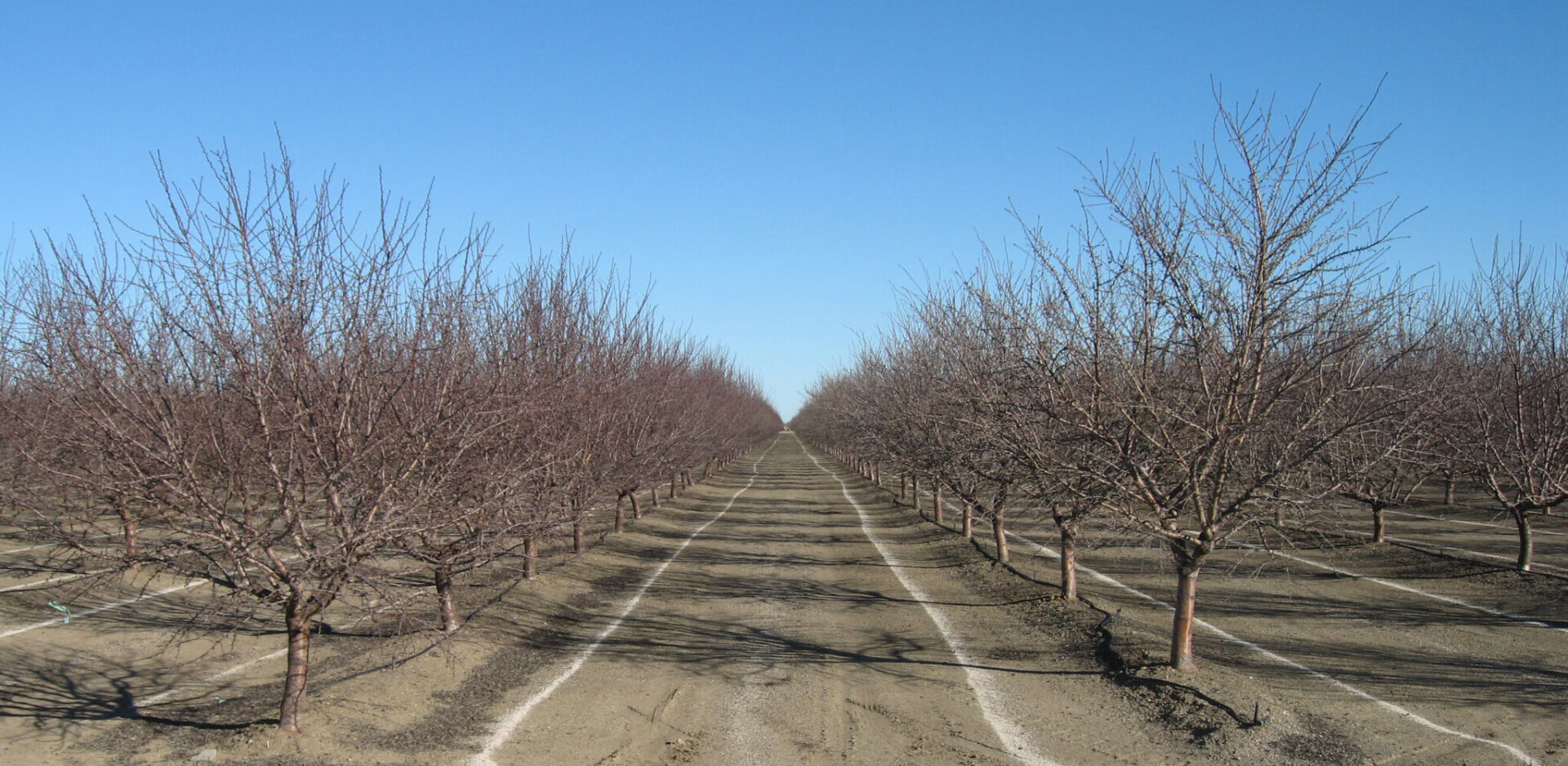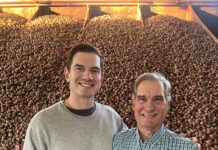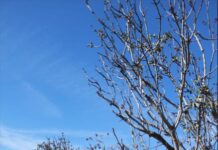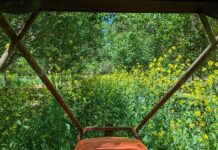
If plant tissue analyses determine a need, almond growers should consider adding postharvest boron, zinc and/or potassium applications to their fall nutrient management plans.
Fall foliar applications of boron and zinc are recommended where needed and should be in the buds by next year’s bloom, according to Franz Niederholzer, UCCE orchard advisor for Sutter, Yuba and Colusa counties. Potassium can be soil applied in the fall to prepare for next year, although there are other options to application timing and materials in the spring and summer, he said.
Niederholzer acknowledged boron as generally the most important of the three for fall nutrient applications. “Adequate boron is critical for maintaining fruit set,” he said. “Boron-deficient almonds set fewer nuts than almonds with adequate boron levels.”
Adequate B levels in almond must be established at or before bloom, so Niederholzer recommends foliar applications over soil to boost fruit set if harvest hull samples show a need. “In UC research, soil-applied boron (applied in the fall) didn’t increase flower boron levels the next spring,” he said.

B analysis through hull samples should be conducted to determine orchard B status. Levels less than 120 ppm is grounds for adding B either in-season or during fall. Levels between 120 and 160 ppm is target hull B recommended by former UCCE Farm Advisor David Doll. Levels between 160 and 200 ppm are not representative of deficiency, but Niederholzer suggested there may be some value to a low (for example, 0.1 lb actual B/acre) foliar rate of fall B. Levels above 300 ppm are toxic to almond. These values, Niederholzer noted, are only suggestions and not hard-fast rules.
Zinc is the next most important fall nutrient application. “Moderate zinc deficiency slows bud break and delays bloom timing and so can interfere with bloom overlap between varieties and reduce nut set,” Niederholzer said. “If you do one zinc spray a year, it should be in the fall before leaf drop.”
Niederholzer cited research by retired UC Extension Specialist Dr. Scott Johnson showing that an October spray of 5 lbs zinc sulfate per acre is as effective as 20 lbs zinc sulfate per acre applied in November. 5 lbs of zinc sulfate cost less than $5 last fall, he said.
“Tank mix zinc with boron to save on application costs, but be aware that zinc sulfate and polyborate products (Solubor, etc.) need to be buffered to a pH in the range of 5 to 6 to avoid chemical incompatibility and reduced boron into the tree,” he said. Niederholzer also said that, in his experience, organic acid buffers/acidifiers work well to buffer Zn/B mixes.
Potassium is the third nutrient to consider during fall. Unlike B and Zn, potassium use in almonds is during nut development and rate of use increases through the season.
“Almonds use more potassium than any other mineral nutrient,” Niederholzer said. “Potassium deficiency (<1% leaf K in July leaf samples) reduces return bloom and crop.”
Dry K fertilizer should not be broadcast trunk to trunk across rows in orchards. Niederholzer said that for best results (fertilizer K into trees), K fertilizer should be applied as close as possible to active roots found in the tree row rather than the tractor aisle.
“Efficient dry potassium fertilizer practices concentrate the fertilizer in areas where the majority of the roots are found,” he said. “These include banding or targeted broadcasting.”















